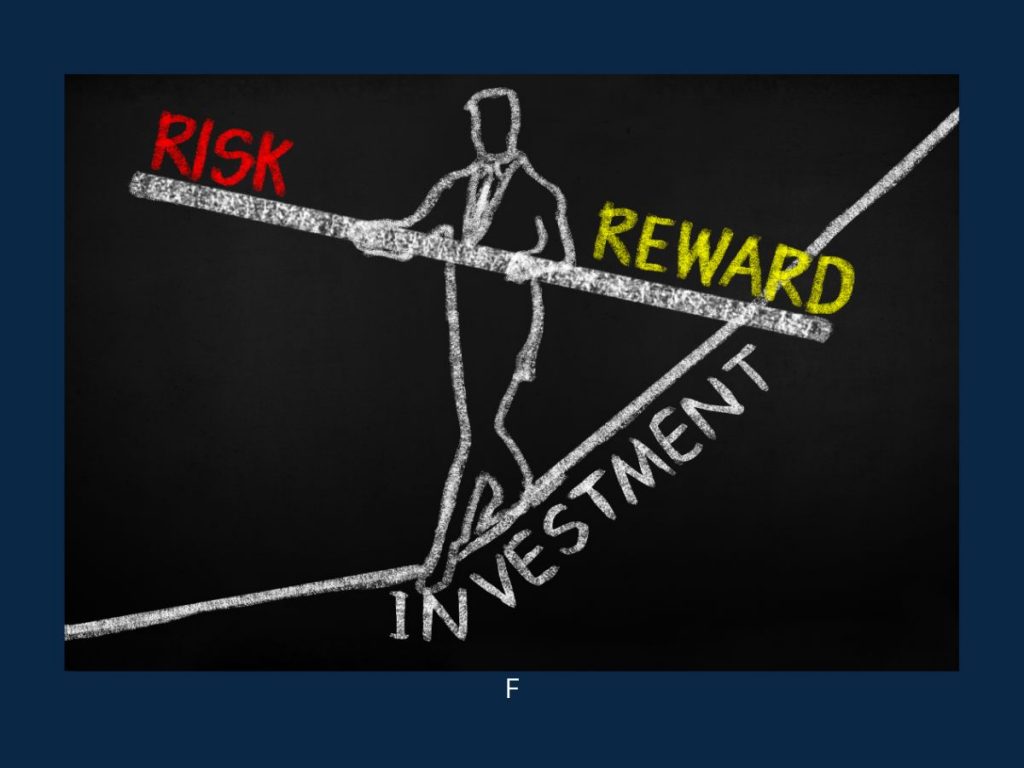What is Risk in investment?
For an investor, investment risk is the degree of uncertainty and/or potential financial loss associated with a decision to make an investment. In other words, you can’t be certain whether investing your money will result in the returns you expect or unexpected losses.
However, the risk to your investments isn’t just related to changes in the stock market. Your investments could be at risk assessment due to the state of the economy, the duration of your investments, and more.
What are risk measures?
Modern portfolio theory heavily relies on risk measures, which are statistical measures that historically predict investment risk management and volatility (MPT). MPT is a widely used academic and financial methodology for evaluating how well a stock or stock fund performed in relation to its benchmark index.
There are five main risk management measures, and each one offers a different way to evaluate the risk involved in potential investments. The five metrics are alpha, beta, R-squared, standard deviation, and Sharpe ratio. A risk assessment can be carried out using one or more risk mitigation strategies. It is advisable to compare two potential investments side by side to see which one carries the most risk.
Understanding risk measures
Risk: Risk is measured relative to the market or a chosen benchmark index by Alpha. For instance, if the S&P 500 has been chosen as the benchmark for a specific fund, the fund’s performance will be compared to that of the chosen index.
Beta: Beta gauges a fund’s systemic risk or volatility about the overall market or selected benchmark index. With a beta of one, the fund is predicted to move in step with the benchmark.
R-Squared: R-Squared assesses the proportion of an investment’s movement that can be attributed to changes in its underlying benchmark index. The R-squared value shows the correlation between the investment under examination and its related benchmark.
Standard Deviation: A measurement of an investment’s volatility is provided by the standard deviation, a technique for gauging data dispersion concerning the dataset’s mean value.
Sharpe Ratio: The Sharpe ratio evaluates performance after adjusting for the risks involved. To accomplish this, the rate of return on a risk-free investment, such as a U.S. Treasury Bond.
Risk measures you should know while investing
Risk measures, which should not be confused with risk metrics, are the mathematical equations that give risk statistics their value. Five primary risk factors can be utilised separately or jointly:
Alpha – measures risk compared to a benchmark index, typically the market.
Beta – compares a security’s volatility or systemic risk to a benchmark index.
R-squared – R-squared measures the performance of an investment in comparison to a benchmark index.
Standard deviation – Using a mean value, standard deviation calculates the volatility of an investment.
Sharpe measure – After taking into account the risks involved, an investment’s movements are measured using the Sharpe ratio.
To summarise, ensure to invest in a DSP mutual fund that will help measure risk in check!
FAQs
Q- What are your investment goals?
Start by considering your motivation for investing. People invest for many different reasons, but some common objectives include:
Retirement
purchasing a home
Investing in your child’s education
Financial self-reliance
Q- What is the span of your time?
Your investment time horizon can be determined in part by your investment goals. Your time horizon is when you intend to use the money you’ve invested.
Q- How considerate are you of temporary loss?
Short-term fluctuations in investment are possible. It’s crucial to keep in mind that with stocks and other investments of a similar nature, the value of your shares may decrease, but you won’t realise the loss until you sell the investment.
Q- Are your savings not invested?
No matter how risk-tolerant you are, it’s crucial to have some money set aside in liquid accounts. You can quickly access cash in case of an emergency, such as a job loss or accident, without liquidating any investment accounts.
Watch the video above by DSP mutual funds to understand the risk in investment better.
Interested in how we think about the markets?
Read more: Zen And The Art Of Investing
Watch here: Kuvera insights with industry experts.
Start investing through a platform that brings goal planning and investing to your fingertips. Visit Kuvera.in to discover Direct Plans and Fixed Deposits and start investing today.#MutualFundSahiHai #KuveraSabseSahiHai!

